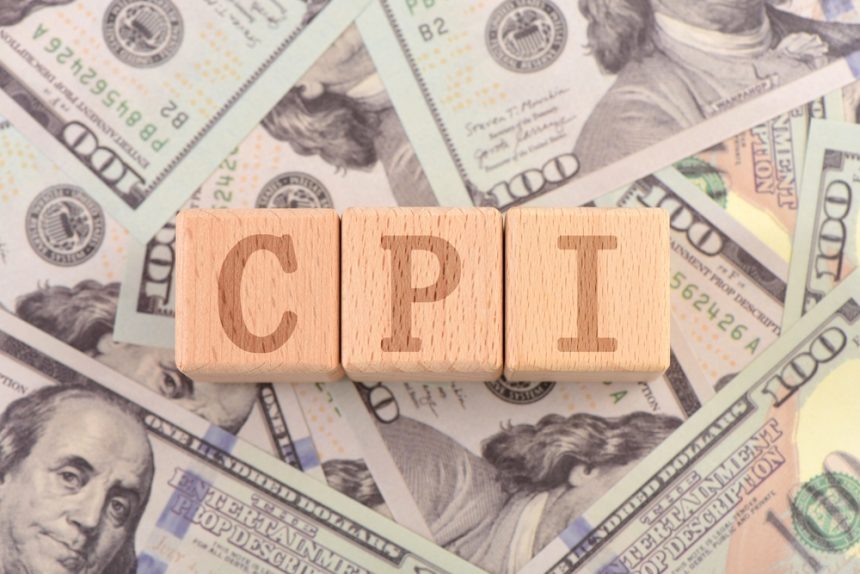Moderate inflation boosts easing prospects
The U.S. dollar retreated on Tuesday after new consumer price data signaled that inflation remains under control, reinforcing expectations for a Federal Reserve rate cut in September. The Consumer Price Index rose 0.2% in July, in line with forecasts, while annual inflation held at 2.7%, slightly under estimates. Analysts said the subdued trend, combined with a softening labor market, gives policymakers greater flexibility at their upcoming meeting. Corpay strategist Karl Schamotta remarked that Chair Jerome Powell should “put a September cut on the table” when he speaks at the Jackson Hole symposium on August 21.
Currency markets adjust to narrowing spreads
The euro climbed 0.06% to $1.16235, reversing earlier losses, while the yen slipped 0.17% against the greenback at 148.390. Sterling advanced 0.4% to $1.34805 after U.K. data confirmed further job market weakness, though strong wage growth kept the Bank of England cautious on easing policy further. Analysts highlighted narrowing yield differentials as a factor behind the dollar’s sustained selling pressure against other major currencies.
Asia-Pacific central banks in focus
In Asia, the Australian dollar slipped 0.3% to $0.64945 following a quarter-point cut by the Reserve Bank of Australia. Policymakers cited easing inflation and weaker employment but flagged a cautious approach to additional reductions. ANZ economist Adam Boyton noted that another cut in November remains likely, with rates expected to stabilize afterward. Meanwhile, markets largely shrugged off President Donald Trump’s decision to extend a pause on higher tariffs for Chinese imports, a move widely anticipated.
Leadership speculation at the Fed
Attention also turned to speculation over future Federal Reserve leadership. Former St. Louis Fed President James Bullard said he would accept the chair role if nominated, pledging to safeguard the dollar’s value, maintain low inflation, and protect the central bank’s independence. The remarks added another dimension to the debate over Fed credibility at a time of heightened political pressure and shifting monetary policy expectations.






